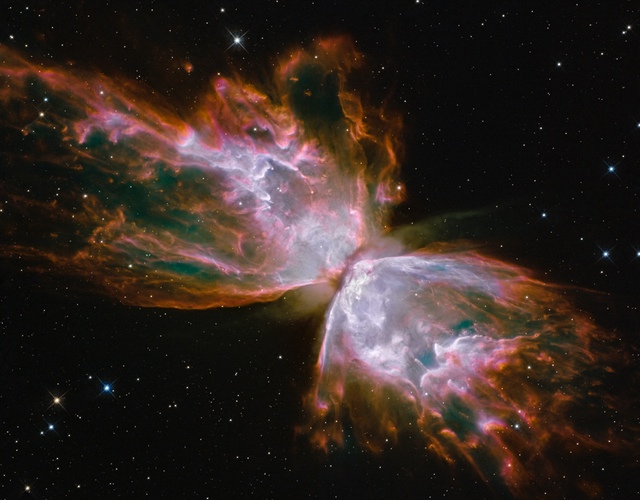

The telescope uses various filters to pick up wavelength ranges mostly in the infrared, Pagan said. Scientists can glean all sorts of information from the light that Webb picks up, like which elements comprise an observed object or how hot it is. But both are valuable tools that can offer astronomers different types of information, much like an X-ray and an MRI reveal different details about a person’s body, Pagan said. Webb is larger and more sensitive than Hubble - the area of its mirror is more than five times greater than its predecessor’s, which allows it to capture dimmer light from more distant objects, according to the STSI. “So they’re like these buckets of light collectors, essentially.” “You could think of as having huge pupils - their mirror size is like their pupil size,” Pagan explained. READ MORE: 5 new awe-inspiring images of the universe from James Webb Space Telescope Pagan described both Webb and Hubble as akin to giant eyes built to take in massive amounts of light using mirrors.

The responsibility of translating Webb’s observations into jaw-dropping images for NASA largely rests on the shoulders of just two people: science visuals developer Alyssa Pagan and senior data imaging developer Joseph DePasquale at the Space Telescope Science Institute (STSI) in Baltimore. The two are designed to observe different swaths of the electromagnetic spectrum, meaning they each deliver valuable information about celestial phenomena in unique ways. Webb is a successor to the still-active Hubble Space Telescope, which launched in 1990. The James Webb Space Telescope has offered mesmerizing new shots of the cosmos - from nebulae to galaxies to the early universe - since its first set of images was revealed in July.


 0 kommentar(er)
0 kommentar(er)
